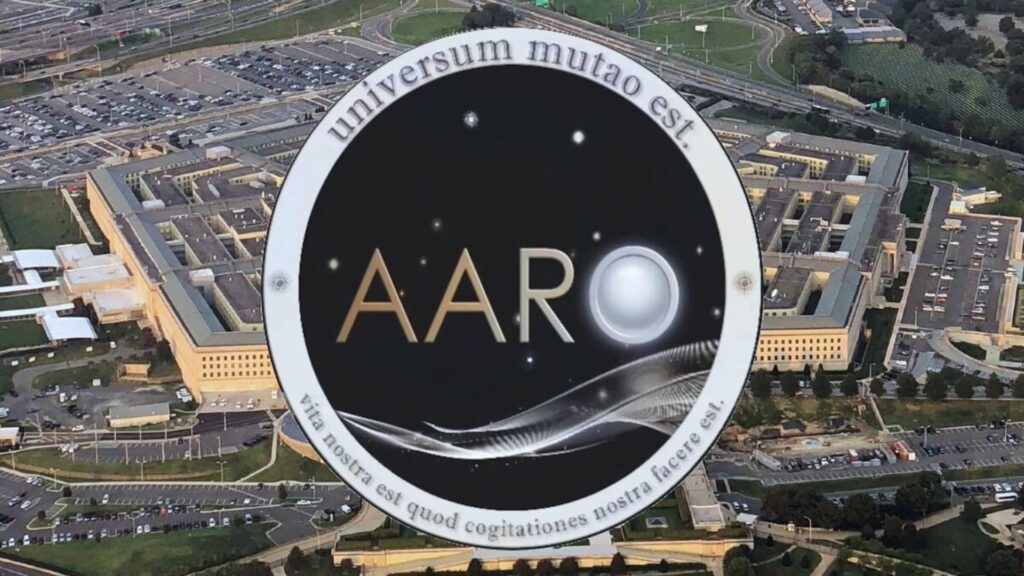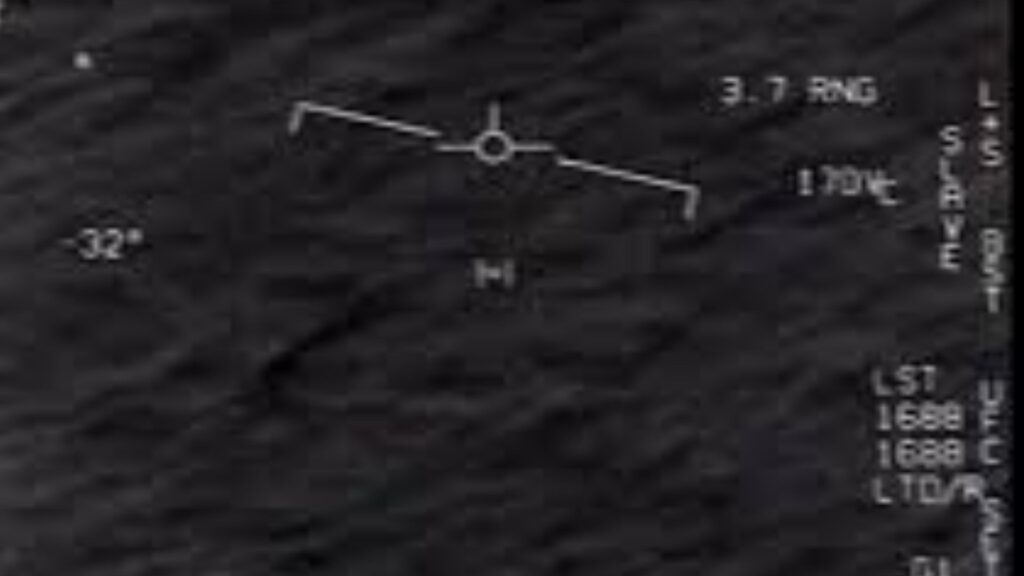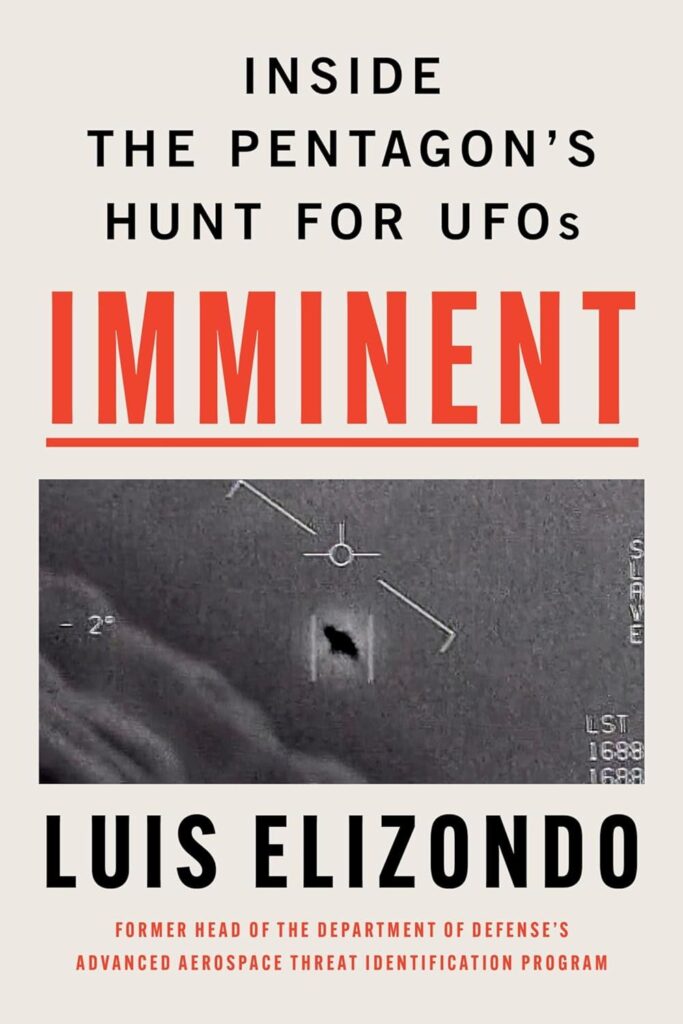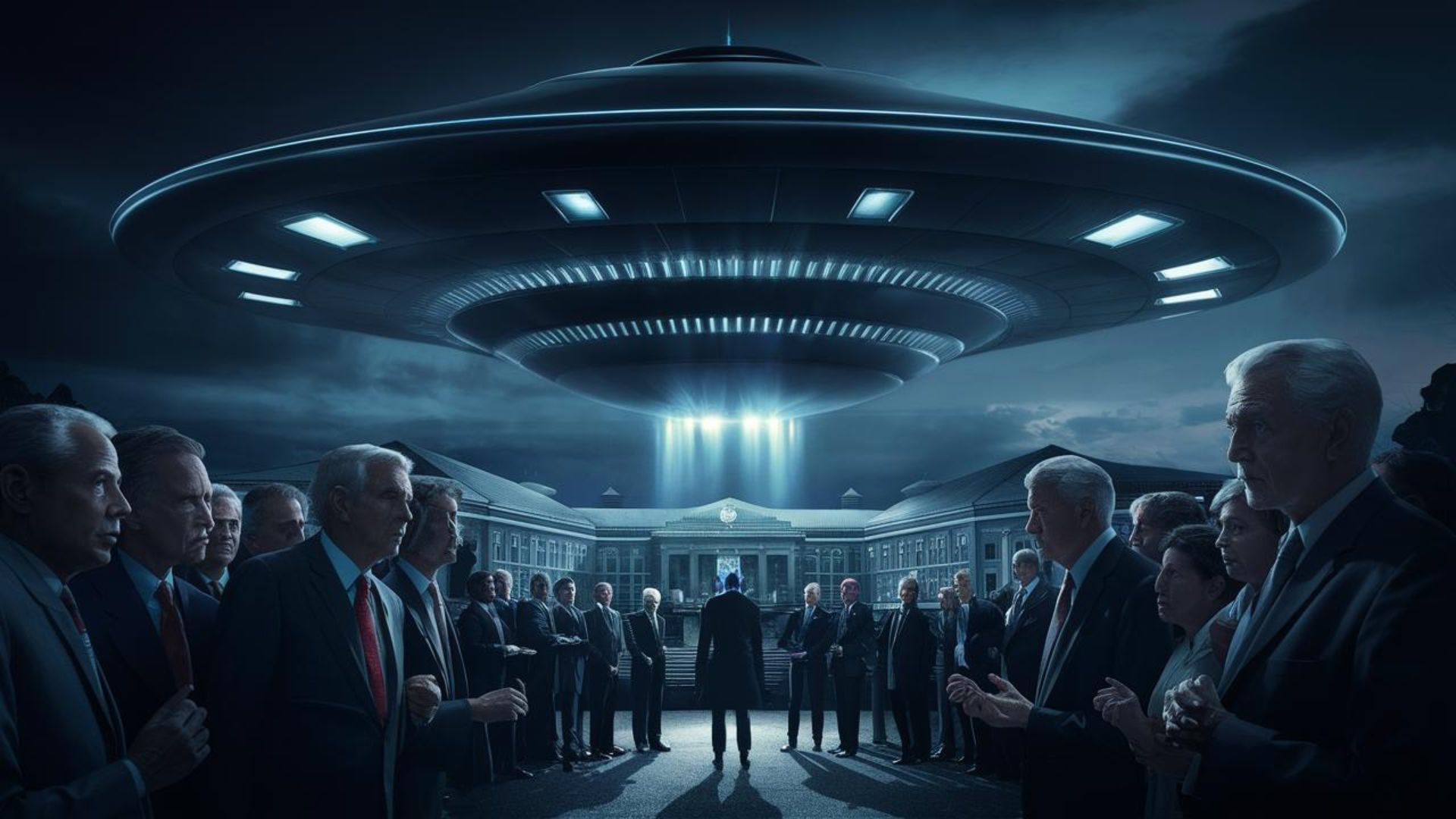In the ever-mysterious world of Unidentified Flying Objects (UFOs) and Unidentified Anomalous Phenomena (UAP), recent developments have sent shockwaves through both the UFO community and the halls of power in Washington, D.C. A groundbreaking piece of legislation, reintroduced by unlikely allies in the Senate, has reignited the debate about government secrecy and the potential existence of non-human technology on Earth. Let’s dive into the latest twists and turns in this cosmic mystery.
The Schumer-Rounds Bombshell

On July 11, 2024, an unlikely duo dropped a legislative bombshell that’s still reverberating through the UFO community. Senate Majority Leader Chuck Schumer (D-N.Y.) and Senator Mike Rounds (R-S.D.) reintroduced the Unidentified Anomalous Phenomena Disclosure Act. This isn’t your run-of-the-mill government paperwork – it’s potentially the most earth-shattering legislation in American history.
Why? Because it suggests that hidden elements within the U.S. government have been running secret programs to recover and reverse-engineer UFOs of “unknown” or “non-human” origin. Let that sink in for a moment. We’re not talking about weather balloons or experimental aircraft here. The implications are staggering.
The Act proposes setting up a blue-ribbon review board. Their job? To gradually and strategically release long-hidden UFO-related records to the public through a “controlled disclosure campaign.” It’s like a slow-motion revelation of secrets that could change our understanding of humanity’s place in the universe.
A Direct Challenge to the Pentagon

What makes this reintroduction particularly spicy is its timing and context. Just last December, the legislation was largely gutted at the request of the Pentagon’s own UFO office, the All-domain Anomaly Resolution Office (AARO). Established in 2022, AARO has repeatedly and categorically denied the existence of the mind-blowing UFO-related activities alleged in the Disclosure Act.
In March 2024, AARO released a lengthy report stating they had found “no empirical evidence” that the U.S. government or private companies were reverse-engineering extraterrestrial technology. The reintroduction of the full Disclosure Act is essentially Schumer and Rounds saying, “We don’t buy it.”
Even more telling? Senator Kirsten Gillibrand (D-N.Y.), who led the charge to establish AARO in the first place, is a cosponsor of this legislation. It’s like watching the creator turn against their creation.
Congress vs. AARO: A Growing Rift

The drama doesn’t stop there. The Senate Intelligence Committee appears ready to sic the Government Accountability Office (GAO) – Congress’s own investigative watchdog – on AARO. When the folks who set up an office decide it needs to be investigated, you know something’s amiss.
This lack of confidence in AARO isn’t coming out of nowhere. Their congressionally-mandated historical review of government involvement with UFOs has been criticized for containing numerous errors, omissions, and what some call astoundingly poor analytical work. In at least one instance, it’s been accused of presenting an outright falsehood.
The “Gimbal” Video Controversy

One of the most glaring issues centers around AARO’s handling of the famous “Gimbal” video. This footage, captured by Navy aircrew off the Florida coast in early 2015, shows an object with highly unusual characteristics that has puzzled experts and UFO enthusiasts alike.
Sean Kirkpatrick, who retired as AARO’s director in December 2023, suggested in recent discussions that the “Gimbal” object was likely a balloon drifting in the wind, with its strange infrared signature caused by sun reflection. There’s just one problem with this explanation – it’s demonstrably incorrect.
The naval aviator who recorded the video confirmed in a congressional briefing that the incident occurred at night, ruling out sun glare as a factor. Furthermore, the aircrew can be heard on the recording expressing surprise that the object and a “fleet” of accompanying UFOs were “all going against the wind, the wind’s 120 knots from the west.”
For context, 120 knots is equivalent to Category 4 hurricane-force winds. Balloons don’t typically move against such powerful airstreams. Sophisticated 3D recreations of the incident have failed to find a convincing balloon trajectory that matches the object’s movements.
This isn’t the first time Kirkpatrick has offered these explanations for the “Gimbal” video, despite their apparent inaccuracy. In a March interview, he even suggested the object was “probably a jet” – a claim disputed by fighter pilots familiar with the sensor system that captured the footage.
The “GoFast” Confusion

Another incident that raised eyebrows involves the “GoFast” video, filmed just 10 minutes before “Gimbal” by the same Navy aircrew. In March, Kirkpatrick endorsed a NASA analysis of the “GoFast” video that many experts consider deeply flawed.
When confronted about a critical error in NASA’s calculations, Kirkpatrick seemingly contradicted himself, stating, “I haven’t looked at NASA’s analysis.” This flip-flop raises serious questions about the thoroughness and consistency of AARO’s work.
The Broader Implications
These controversies surrounding AARO’s analysis of well-known UFO incidents have far-reaching implications. Christopher Mellon, a former deputy assistant secretary of defense for intelligence, pointed out that Kirkpatrick’s apparent lack of basic knowledge about the most recognizable publicly available UFO footage raises serious questions about the quality and rigor of AARO’s overall analyses.
This concern is amplified by AARO’s handling of a highly anomalous UFO incident reported by Air Force personnel to Rep. Matt Gaetz’s (R-Fla.) office, which many found to be inadequately explained.
The situation harkens back to warnings issued over 50 years ago by atmospheric physicist James McDonald and astronomer J. Allen Hynek. Both scientists cautioned their peers and members of Congress about the Pentagon’s unscientific approach to UFOs. Hynek, who served as the Air Force’s long-time scientific consultant on UFOs, became a vocal advocate for rigorous, unbiased study of the phenomenon.
The Need for Scientific Rigor

Any objective scientific analysis of well-documented UFO incidents should, at minimum, assess whether available data confirms or contradicts high-confidence accounts by trained military witnesses. AARO’s apparent failure to conduct such analysis, instead opting for easily falsifiable and unscientific “explanations,” has eroded its credibility.
This approach not only undermines the office’s mission but also does a disservice to the broader scientific community and the public’s right to understand these phenomena. The reintroduction of the Disclosure Act and the potential GAO investigation into AARO suggest that key members of Congress share these concerns.
The Road Ahead
As we stand at this crossroads of disclosure and obfuscation, several questions loom large:
1. Will the Unidentified Anomalous Phenomena Disclosure Act gain traction in Congress?
2. How will the Pentagon and AARO respond to this direct challenge to their narratives?
3. What might a GAO investigation into AARO uncover?
4. Are we on the brink of a new era of transparency regarding UFOs and potential non-human technology?
The answers to these questions could reshape our understanding of not just UFOs but our place in the cosmos. As the debate unfolds, it’s clear that the quest for truth about these mysterious phenomena is far from over.
The Elizondo Factor: “Imminent” Revelations

As if the current UFO landscape wasn’t electrifying enough, the upcoming release of Lue Elizondo’s book “Imminent: Inside the Pentagon’s Hunt for UFOs” promises to add even more fuel to the fire.
Elizondo, the former director of the Advanced Aerospace Threat Identification Program (AATIP), has been a central figure in bringing UFO discussions into the mainstream. His work with AATIP and subsequent advocacy for UFO disclosure have made him a controversial but respected voice in the field.
The book, slated for release later this year, is expected to provide unprecedented insights into the Pentagon’s secretive UFO investigations. Elizondo has hinted that “Imminent” will contain revelations that could fundamentally alter public perception of the UFO phenomenon.
Some key points to anticipate from the book:
1. Detailed accounts of previously unreleased UFO incidents investigated by AATIP.
2. Analysis of advanced sensor data that purportedly shows objects performing beyond known human technological capabilities.
3. Discussions of potential national security implications related to UFO encounters.
4. Elizondo’s personal experiences navigating the complex world of government secrecy and UFO research.
5. Potential corroboration of claims made in the Schumer-Rounds Disclosure Act regarding recovered non-human craft.
While the full contents of “Imminent” remain under wraps, its release is expected to coincide with a renewed push for government transparency on UFOs. Elizondo’s insider perspective, combined with his track record of bringing credible UFO discussions to the forefront, makes this book a potential game-changer in the ongoing debate.
As we await the book’s release, one thing is certain: the conversation around UFOs is evolving rapidly. From the halls of Congress to the pages of “Imminent,” the truth – whatever it may be – seems closer than ever to being revealed.
Stay tuned, keep watching the skies, and remember: in the vast expanse of the universe, anything is possible.


